|
Great Lakes Drain System™ is a unique foundation and surface drainage system that utilizes
current manufactured drainage strips to our specification in conjunction with our patent pending
fittings. This system provides superior water management, measurable
time saving, easy installation at a cost effective price!
The need for an effective drainage system has always played a vital role
in the construction industry and in the development of new and improved products.
As a result of these efforts you can now use Great Lakes Drain System™ in place of conventional crushed stone and
perforated pipe. Below are the critical components that make up the
assembly.
|
Drain System
Installation |
Great Lakes Drain System™
composite drainage system rendering shown below
(click here to actual product photos)
|
Strip Drain
Modular Drainage System is a modular composite drainage and collection
system consisting of
3-dimensional dimpled or honeycombed polymeric high flow drainage core
that is wrapped
with a
geosynthetic
non-woven filter fabric.
This allows water to pass through to the drain core without requiring
peastone for easy removal by
sump or storm drain system.
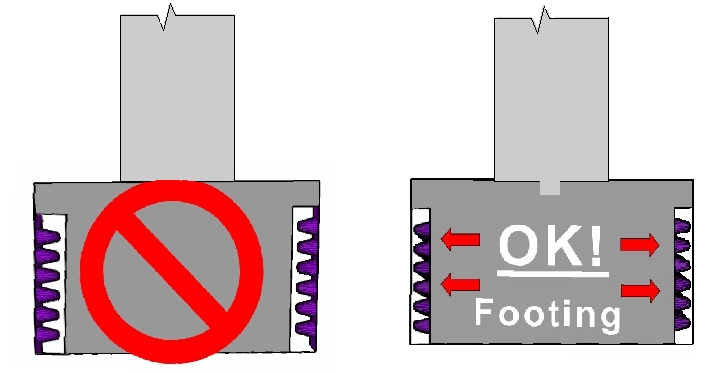
The graphic above shows both the
incorrect and the correct positioning of the strip drain in poured
footing. The dimpled
sections always face away from the vertical footing surface as shown.
|
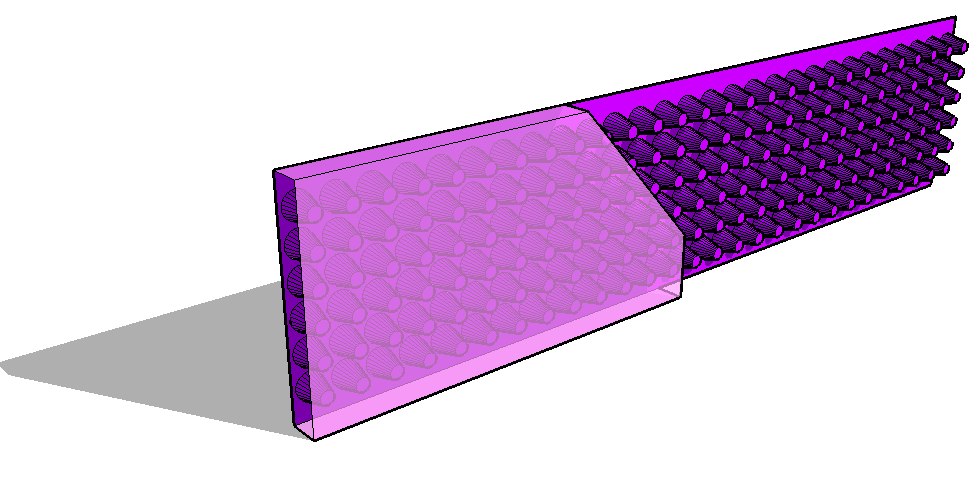
Strip
Drain |
|
Side-Out
Side-out components
receive horizontal strip drain sections into each side [note positive stop prevents
any strip
drain overlapping, maximizing water flow]. The side-out also
connects a 4" drain tile section/bleeder (see red bleeder detail
below) through footing and to interior
drain system. |
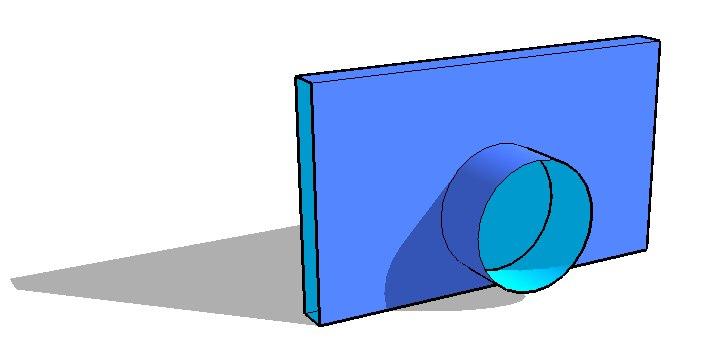
Side-Out |
|
90 Degree Corner
The corners
fitting are used both as
inside and outside corners on horizontal drain strip. Vertical strips
require a corner at the outside base of footer. The minimum
recommendations for vertical strip drain is to place one at each beam
pocket and at centerline of each window to reduce hydrostatic
pressure at critical areas. [see other pages for details] |
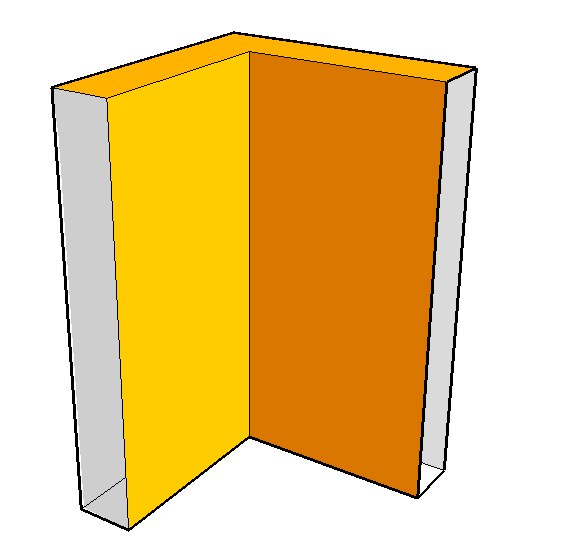
90 Degree
Corner |
|
End Cap
End caps
are to be used at top of vertical strip drain. Note:
vertical strip drain should should reach the sill plate. The strip
drain should be field cut one to two inches below final grade,
concealing the strip drain and end cap.
|
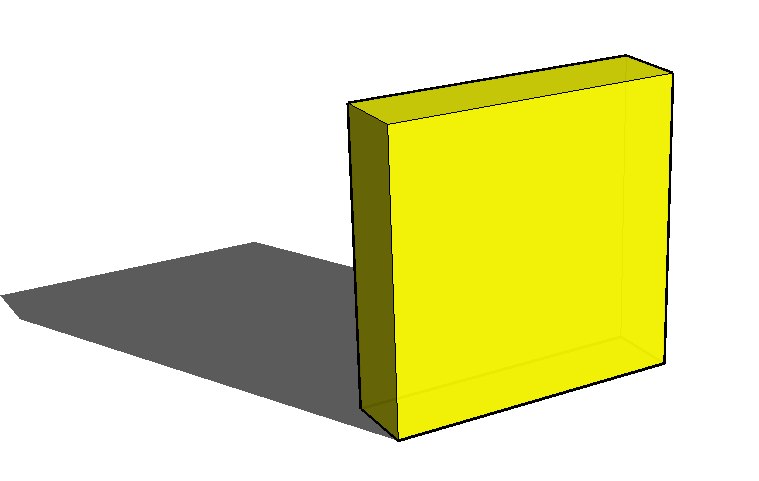
End Cap |
|
4" Drain Tile
Round 4" drain tile
is connected to
the side-out to move the exterior drain system water through the footing
and connect to the interior drainage system for removal by the sump or
storm drain. |
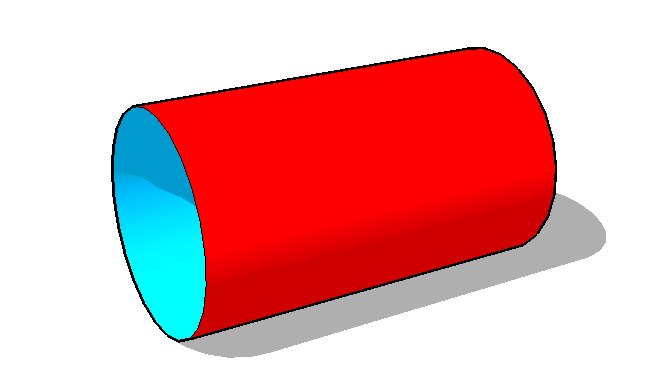
4"
Drain Tile |
 Great Lakes Drain System™ Great Lakes Drain System™
Radon Vent and Egress Window & Walkout Drain Fittings.
Click in "New" of picture to go to
page |
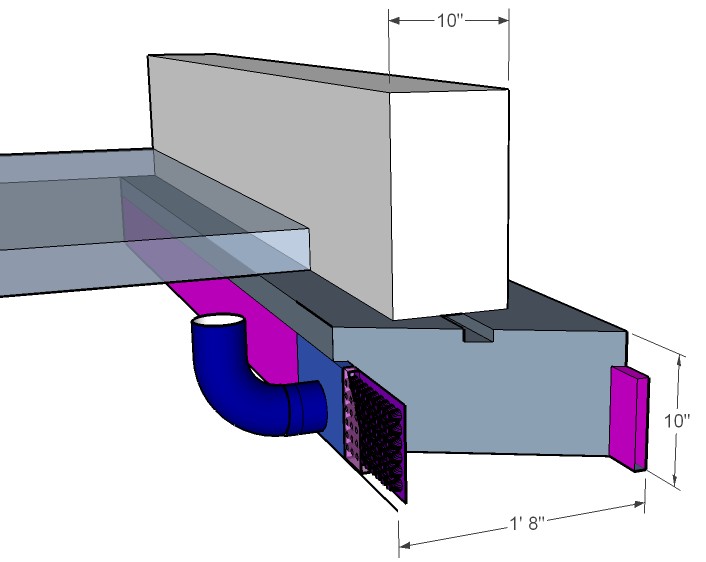 |
|
Vertical 90 Degree 4"
Solid Pipe Connector Assembly for RADON VENT for Basement
(accommodates 4" solid pipe for venting
radon)
|
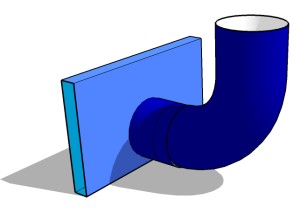 |
|
Vertical 90 Degree 4"
Drain Connector
Assembly for Egress or Basement Window.
(for flexible drain tile) |
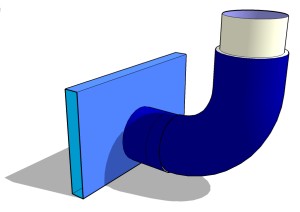 |
|
Horizontal 90 Degree 4"
Drain Connector
Assembly for Walkout & Sump Pumps
(for flexible drain tile) |
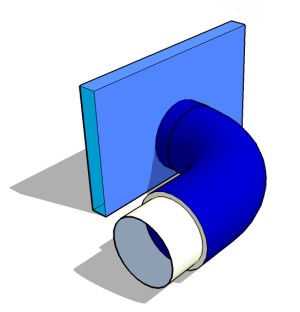 |
The installation overview page shows the
color coded product use.
Why are foundation drainage and
water management systems important?
There are
several factors in understanding why basement foundations can leak and how to
protect your foundation from moisture penetration. Whether you have a block
basement or a solid concrete poured wall, it is important to move the water away
from potential cracks that will occur over time in your foundation [note: cracks
are caused by soil differential or settling, thermal change, lateral pressure &
drying]. These
cracks don't have to be a problem!
There are four
important factors to consider to protect your basement and it's contents from
water;
-
Gutter and Down Spout.
-
Positive Grade that moves the water away from the
foundation,
-
Waterproofing
-
Foundation Drainage System.
When water
saturates the soils around your foundation, it creates hydrostatic pressure.
This pressure can weaken waterproofing membranes and will compromise
your warranty if you cannot show proper water management by using gutters and positive grade
to move water away the home.
A good drainage
system actually works to dewater the soils around your home and eliminates
hydrostatic pressure.
How do typical drainage systems work?
Footings are poured with small sections of 4" drain tile placed approximately
every 25' feet. Then walls are blocked or poured. Now a backup crew removes
forming equipment allowing for laborers to place yards of peastone around the
exterior of the foundation. Then they place 4" round drain tile around the entire
foundation, followed by more peastone over the newly placed drain tile. The
peastone is to help protect the drain tile from being crushed and help filter
the water.
The disadvantage of conventional 4" drain tile are 5 fold;
- There is always an additional trip to place the drain tile and peastone.
- The cost of the stone, labor and equipment to place it.
- Since the Great Lakes Drain System™ drainage system is poured with the footing, you do not have the
same issues with potential cave-ins, standing water, snow removal or
scheduling for exterior peastone [the drainage system is completed when the
footing forms are removed].
- Flow rate of water through the system.
- The storage area required for storing and inventorying material.
Note the picture below comparing a 150' of 4" round drain tile to the same
amount of strip drain.
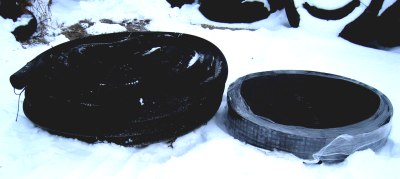
150' Round Drain Tile vs. 150' Strip Drain.
| 
![]()













